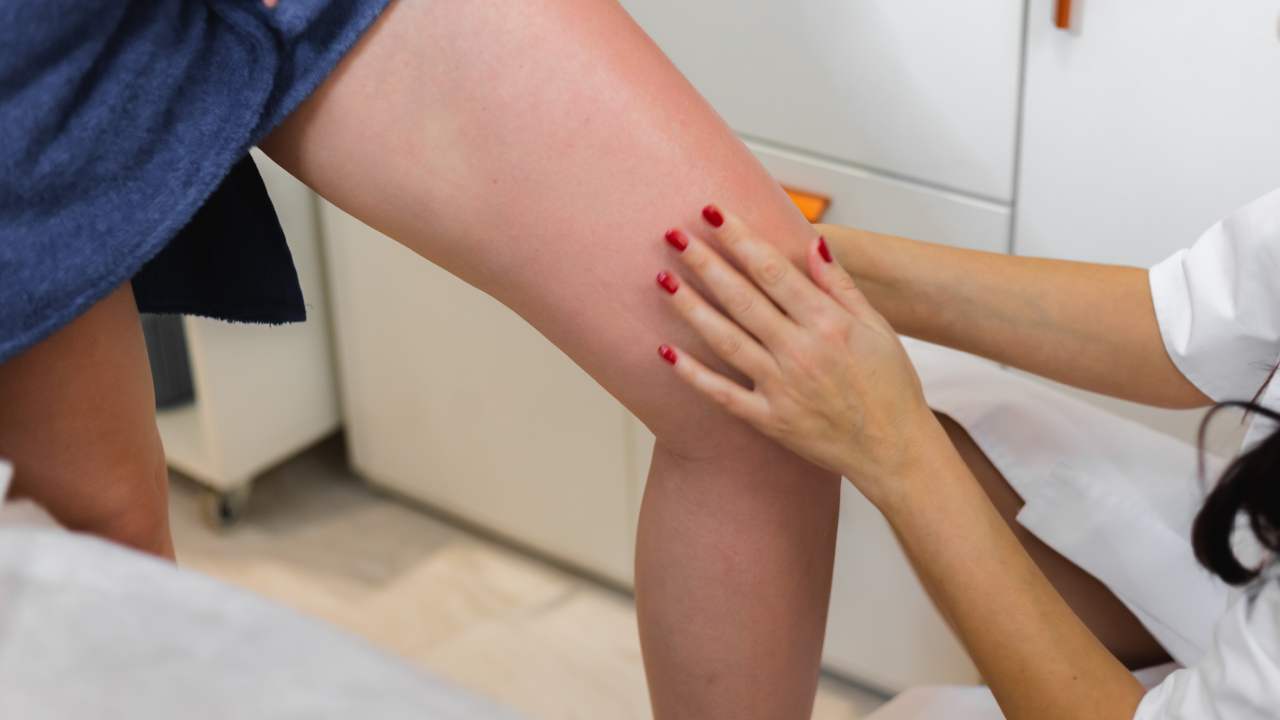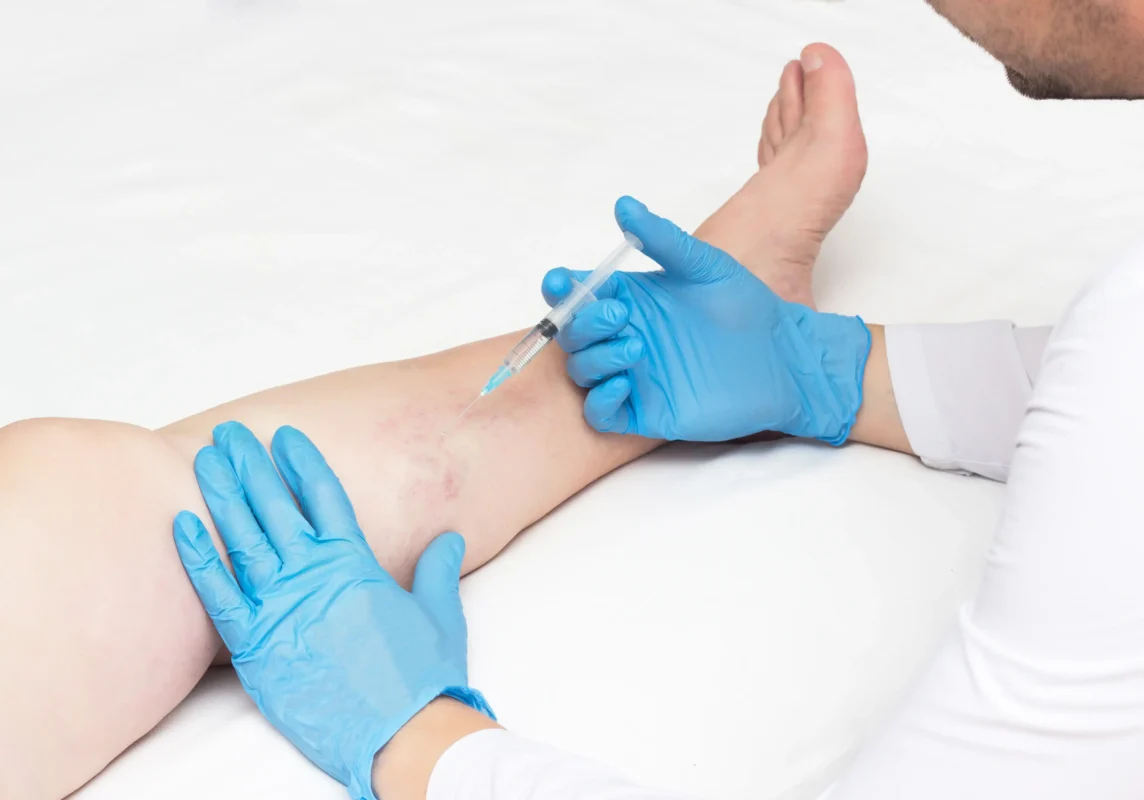Varicose veins affect an estimated 20-25 million Americans. These swollen, twisted veins can cause pain, discomfort, and aesthetic concerns. While exercise can help manage symptoms, vein treatments may be necessary for long-term relief.
What Causes Varicose Veins?
Varicose veins develop when vein valves malfunction, allowing blood to pool in the lower legs. Risk factors include:
- Chronic Venous Insufficiency (CVI) – Weakened valves fail to return blood efficiently.
- Pregnancy – Increased pressure on leg veins.
- Prolonged sitting or standing – Reduces blood circulation.
- Heredity – A family history of vein issues raises risk.
- Female gender – More susceptible due to hormonal changes.
- Obesity – Excess weight increases venous pressure.
Best Exercises for Varicose Veins
Low-impact exercises are ideal for those suffering from varicose veins. They stimulate circulation, reduce swelling, and prevent worsening symptoms. A vein specialist can recommend the best exercise routine based on individual needs.
1. Bicycling or Pedaling Motion
- Strengthens calf muscles, promoting venous return.
- Can be done on a stationary bike, elliptical, or lying on your back.
- Enhances circulation and reduces pressure on leg veins.
2. Walking
- Recommended 30 minutes a day, 5 times a week.
- A low-impact activity that supports healthy vein function.
- Running is beneficial but should be done on soft surfaces to minimize impact on joints.
3. Leg Lifts
- Helps improve circulation and reduces swelling.
- Can be done while sitting at a desk or standing.
- Lift one leg at a time, hold, and lower slowly.
4. Lunges
- Encourages calf and thigh muscle activation.
- Step forward, bend at the knee, hold for a few seconds, and return.
- Improves blood flow and strengthens lower body muscles.
5. Toe Raises
- Stand with feet flat, rise onto your toes, and lower slowly.
- Engages calf muscles to assist venous circulation.
- Can be done multiple times a day.
Exercises to Avoid
High-impact exercises can exacerbate varicose veins by increasing pressure in leg veins.
- Running on hard surfaces can stress veins and joints.
- Weightlifting increases abdominal pressure, reducing venous return.
- Crunches and sit-ups put excess strain on abdominal veins.
- Certain yoga postures involve prolonged abdominal engagement.
If unsure which exercises are safe, consult a vein doctor at your nearest Vein Treatment Clinic.
Tips to Prevent Varicose Veins
If regular exercise is not an option, consider these preventive measures:
- Wear compression stockings when traveling, standing, or sitting for long periods.
- Avoid high-heeled shoes, which weaken calf muscles.
- Elevate your legs regularly to enhance circulation.
- Perform foot rocking exercises from heel to toe.
Spider Veins vs. Varicose Veins
- Spider Veins: Small, dilated veins near the skin’s surface (often on the face and legs).
- Varicose Veins: Bulging, twisted veins that cause discomfort and swelling.
- Spider veins are typically treated with sclerotherapy, while varicose veins require more advanced options.
Natural Remedies for Varicose Veins
Though not a cure, these natural methods may help manage symptoms:
- Compression socks – Improve circulation and reduce swelling.
- Horse chestnut oil – May relieve heaviness and itching.
- Apple cider vinegar compresses – Thought to promote circulation.
- Low-sodium diet – Reduces water retention, easing vein pressure.
- Potassium-rich foods – Nuts, beans, bananas, and fish support vein health.
- Flavonoid-rich foods – Citrus fruits, spinach, garlic, and blueberries enhance circulation.
Medical Treatment Options for Varicose Veins
When exercise and lifestyle adjustments are insufficient, non-surgical treatments offer relief with minimal downtime.
1. Sclerotherapy
- Injects a solution to collapse unhealthy veins.
- Used for small varicose and spider veins.
2. Radiofrequency Ablation (RFA)
- Uses heat energy to close diseased veins.
- Effective for larger varicose veins.
3. Venaseal
- A medical adhesive permanently seals problem veins.
- No need for compression stockings after treatment.
4. ClariVein
- Combines mechanical and chemical closure for fast relief.
- Minimally invasive with little discomfort.
5. Endovenous Laser Ablation (EVLA)
- Laser technology seals varicose veins effectively.
- Reduces discomfort and improves circulation.
Choosing the Right Vein Specialist
For effective relief, consult a Board-Certified vein doctor. The Vein Treatment Clinic offers Ivy League-trained specialists who provide:
- Comprehensive vein evaluations.
- Customized treatment plans.
- Minimally invasive solutions with minimal downtime.










